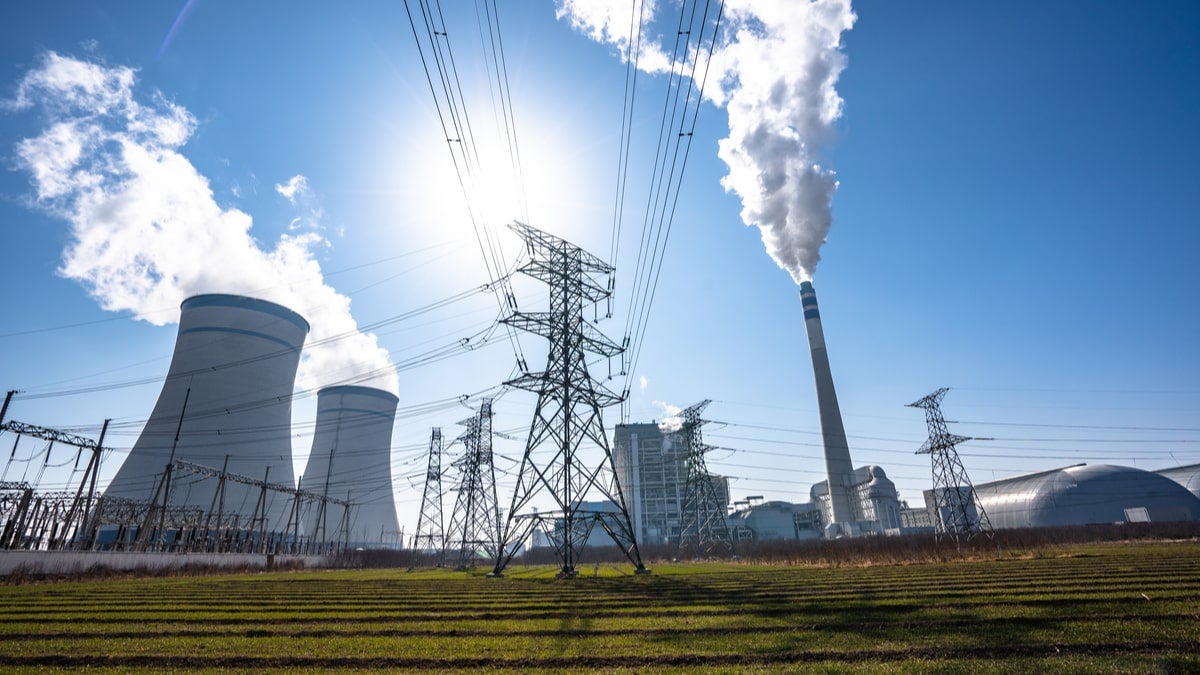
In the run-up to the UN’s COP26 summit on climate change in Glasgow in November, the UK is seeking to lead by example, but just how green is its infrastructure programme?
Environmental campaigners argue that the state’s infrastructure spending must combat climate change through carbon-neutral construction and/or the decarbonisation of equipment and networks.
“Infrastructure sectors account for about two-thirds of the UK’s total greenhouse gas emissions,” says Sir John Armitt, chairman of the National Infrastructure Commission. “Decarbonising energy, heating and transport is therefore crucial.”
On a global scale, without re-engineering networks for these services to be compatible with a low-carbon future, net-zero carbon emissions will be impossible.
But infrastructure can also offer engineered solutions for absorbing carbon from the atmosphere to offset the impact of the hardest sectors to abate, such as aviation and agriculture, while other methods are found.
Nothing we’re currently doing is green enough; the scale of ambition is not big enough,
Carbon capture and storage technology is another essential infrastructure innovation required to achieve net zero. It can take carbon dioxide emitted by heavy industries, such as steel and cement production, and store it under the seabed.
“COP26 is a key moment for galvanising action at home and abroad, and has already been seen to encourage the UK government to set some ambitious targets,” Armitt says. “But we should beware of loading too much expectation onto a single event, when in infrastructure terms we need to see consistent targeting of carbon reduction over the long term, at every stage of decision-making about the nature and design of projects.”
Author, columnist and environmental campaigner George Monbiot says that as much hinges on the amount of old infrastructure that’s shut down as it does on the amount of new infrastructure commissioned.
“In transport, for instance, you need a two-pronged approach: increasing road space for buses and bikes while also decreasing the space for cars,” he explains. “We have a surfeit of fossil-fuel-dependent infrastructure – and much of it urgently needs to be retired if we are to meet our climate goals. Similarly, we need more renewable and nuclear power. But we also need a simultaneous programme for shutting down thermal power plants.”
Dr Jennifer Schooling, director of the Centre for Smart Infrastructure and Construction at the University of Cambridge, stresses that infrastructure must be built with as close to zero carbon emissions as possible.
“Nothing we’re currently doing is green enough; the scale of ambition is not big enough,” she argues. “We are living in the middle of a climate crisis, but we’re not doing enough about it. It’s time to stop moving the deckchairs around on the ship and to see the iceberg dead ahead. This crisis will be solved only by major concerted action globally.”
Professor Jim Hall, professor of climate and environmental risks at the University of Oxford, is optimistic that the UK can at least move to a zero-carbon energy mix in the near future. “The last of our coal-fired power plants are being decommissioned and it’s possible, with some combination of wind, solar, nuclear and power-storage infrastructure, to have a completely carbon-free energy network,” he says.
Armitt observes that greening the world’s infrastructure and economy is a huge long-term challenge, but it’s one that all countries must face up to together.
“Ultimately”, he says, “the costs of inaction are too great for governments around the world to ignore.”

In the run-up to the UN’s COP26 summit on climate change in Glasgow in November, the UK is seeking to lead by example, but just how green is its infrastructure programme?
Environmental campaigners argue that the state’s infrastructure spending must combat climate change through carbon-neutral construction and/or the decarbonisation of equipment and networks.
“Infrastructure sectors account for about two-thirds of the UK’s total greenhouse gas emissions,” says Sir John Armitt, chairman of the National Infrastructure Commission. “Decarbonising energy, heating and transport is therefore crucial.”
